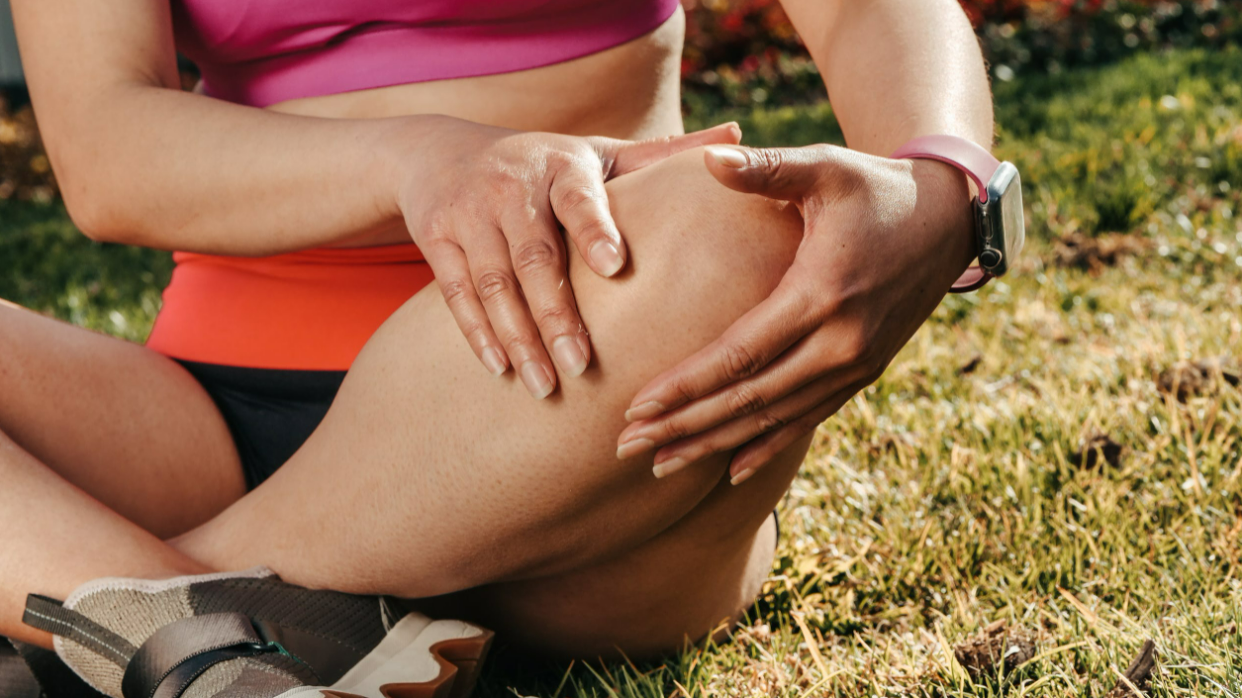Chronic joint pain can make adhering to your fitness routine difficult. Whatever the underlying cause of the pain, however, there are several proven strategies that can help to manage, reduce, or potentially eliminate it so that you can focus on crushing your workout.
Better medical understanding of the root causes of joint pain and pioneering new ways to prevent it have made staying active even into old age possible for most people. Here are the top tips to maintain your fitness routine when you have joint pain based on the latest science.
Anti-Inflammatory Supplements
Inflammation is a major driver of conditions that result in chronic joint pain, including arthritis. Therefore, strategies that reduce inflammation can also significantly lessen chronic joint pain. Reducing inflammation is also good for your overall health as it can lead to or worsen the symptoms of many different conditions.
Chances are that your local supermarket has everything you need to effectively reduce inflammation throughout your body. Examples of affordable, accessible, well-studied anti-inflammatory supplements include omega-3 fatty acids (fish oil), turmeric, and vitamin D.
Low-Impact Exercises
Certain exercises and types of movement can be hard on your body and can increase your joint pain. These types of exercise usually consist of repetitive, pounding movements on the joints. However, that doesn’t mean you need to stop exercising entirely. You’ll simply need to replace high-impact activities, like running or explosive weight-lifting movements, with lower impact exercises.
Low impact doesn’t necessarily mean low intensity. These exercises will still get your heart pumping and your muscles working. However, they won’t hurt your knees, ankles, hips, elbows, wrists, or other joints through repetitive, jarring movements. Also, these are often simple replacements.
For example, instead of jumping on the treadmill at the gym, try the elliptical. If you like to run outdoors, try cycling instead. Swimming is also a good addition to your workout as is rowing, either on a machine or in a real boat. Yoga has also been getting a lot of attention over the last few years.
Cold Therapy After Workouts
You’ve probably seen athletes in movies and on TV applying ice after a game—for example, a pitcher using an ice pack on his elbow. The therapeutic application of ice does, in fact, reduce inflammation, aid in recovery following physical activity, and prevent pain.
If your chronic pain is in a particular area, like the knees, then you might want to try the ice-pack method. Or, even better, an ice bath or cold shower has a calming effect on pain throughout the body.
Knee Replacement Surgery
Operations are typically the most drastic options to fix any health issue. However, you should consider knee arthritis surgery if the other methods here do not provide long-term relief or if you notice your pain getting worse.
Over time, the bone and cartilage that make up the knee joint wear down, often to the point of requiring surgical intervention to correct. While this is often thought to only be a problem for seniors, it can affect people of any age. When the joints deteriorate past a certain threshold, no amount of therapy can correct the issue. The underlying problem must be addressed to achieve lasting pain relief. Fortunately, knee replacement surgery is more accessible and affordable than at any time in history. It also has a very high success rate and a low rate of serious complications.
Exercise is important to your overall health. However, despite the fact that regular exercise can help reduce overall joint pain, it can be difficult to get started. Alone or in combination, these approaches to fitness represent important modifications that are time-tested to improve exercise-related pain so that you can stay active throughout your life without worrying about how your workout is going to make your joints feel later on.















